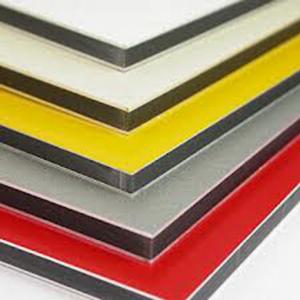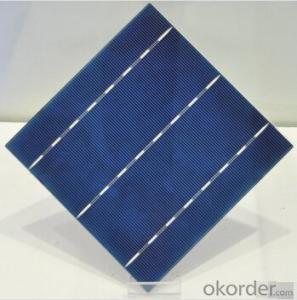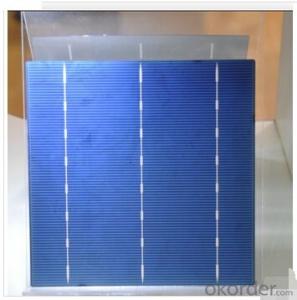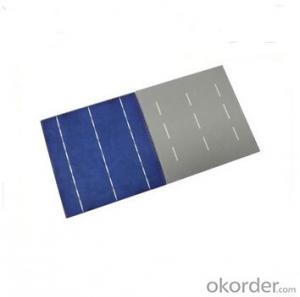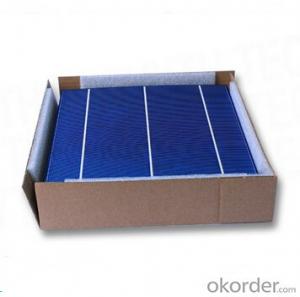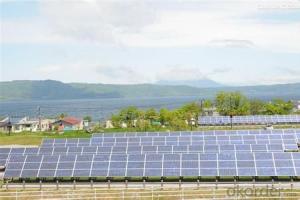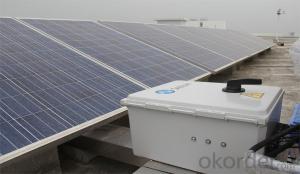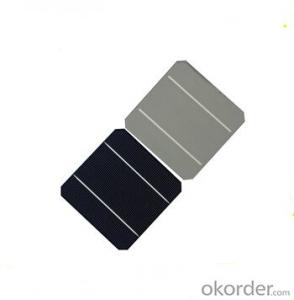Nano Solar Cells
Nano Solar Cells Related Searches
Raw Material For Solar Cells Roof Shingles With Solar Cells High Quality Solar Cells Light Trapping In Solar Cells High Performance Solar Cells High Output Solar Cells Best Solar Cells In The World Energy Transfer In Solar Cells Recombination In Solar Cells Hot Solar CellsHot Searches
Pedestal Fan With Water Spray Price China Aluminum Composite Plate Price Of Aluminum Stock Aluminum Copper Coil Scrap Price Aluminum Ac Coil Scrap Price Aluminum Coil Price Per Pound Aluminum Coil Price 1 4 Aluminum Plate Price 1/4 Aluminum Plate Price Aluminum Wire Price Aluminum Bar Stock Price Aluminum Plate Price Per Pound 7075 Aluminum Plate Price Aluminum Checker Plate Price Checker Plate Aluminum Price Aluminum Plate Price Aluminum Price Stock Market Aluminum Stock Market Price Stock Market Aluminum Price Aluminum Stock Price Per PoundNano Solar Cells Supplier & Manufacturer from China
Okorder.com is a professional Nano Solar Cells supplier & manufacturer, offers integrated one-stop services including real-time quoting and online cargo tracking. We are funded by CNBM Group, a Fortune 500 enterprise and the largest Nano Solar Cells firm in China.Hot Products
FAQ
- Yes, solar cells can be recycled. The process involves separating the different components, such as glass, metals, and semiconductors, and reusing or repurposing them for new solar cell production or other industries. Recycling solar cells helps reduce waste and environmental impact while also conserving valuable resources.
- Yes, solar cells can be used for powering electric vehicle charging stations. Solar panels can convert sunlight into electricity, which can then be used to charge electric vehicles. This renewable energy source is ideal for charging stations as it reduces reliance on traditional power grids and reduces carbon emissions.
- The amount of space required to install solar cells can vary depending on factors such as the size and efficiency of the solar panels, the energy needs of the property, and the available sunlight. Generally, a typical solar panel requires about 100 square feet of space, but it can vary significantly based on individual circumstances and requirements.
- Yes, solar cells can be used in remote areas without access to the grid. Solar cells, also known as photovoltaic cells, generate electricity from sunlight. They can be installed in remote areas to harness the sun's energy and provide power for various applications such as lighting, water pumping, and charging electronic devices. Solar cells are particularly suitable for off-grid locations as they operate independently of the traditional electric grid, making them a reliable and sustainable solution for remote areas.
- Are bulk solar cells better than the normal solar cells?
- Bulk solar cells are not absolutely better than normal solar cells, it is decided by what kind of material.
- Yes, solar cells can be used in indoor lighting applications. However, since solar cells require sunlight to generate electricity, they may not be as efficient in indoor settings where natural light is limited. Additionally, the amount of energy generated may not be sufficient for high-powered indoor lighting, making solar cells more suitable for low-power applications or as supplemental lighting sources.
- Yes, solar cells can be used in desert environments. In fact, desert regions are ideal for solar energy production due to the high amount of sunlight available. The arid climate and lack of cloud cover in deserts contribute to optimal solar panel performance, making them efficient in generating electricity. Additionally, the vast open spaces in deserts provide ample land for large-scale solar power plants.
- Yes, solar cells can be used on rooftops with different orientations. While the ideal orientation for maximum energy production is typically south-facing, solar panels can still generate electricity when facing east, west, or even north. However, the energy output may vary depending on the orientation, so it's important to consider factors like shading and angle adjustments to optimize their performance.












